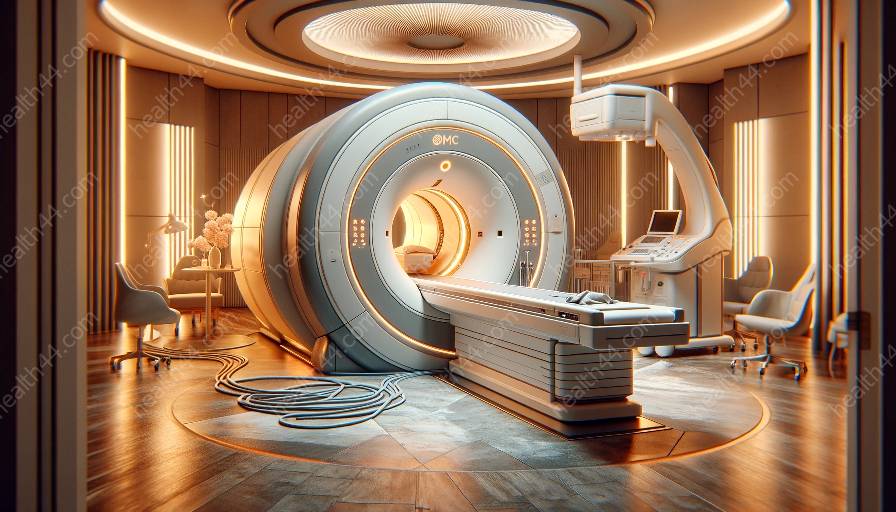Magnetic resonance imaging (MRI) machines are powerful medical devices that utilize a combination of pulse sequences and imaging techniques to produce detailed and non-invasive images of the human body. Understanding the principles behind pulse sequences and imaging in MRI machines is essential in comprehending the technology and its applications in medical diagnostics and research.
The Science Behind MRI
MRI machines harness the principles of nuclear magnetic resonance to create detailed images of the body's internal structures. This non-invasive imaging technique relies on the interaction of hydrogen nuclei in the body with strong magnetic fields and radiofrequency pulses. When a patient is placed inside the MRI machine, the hydrogen nuclei align with the magnetic field. The application of radiofrequency pulses causes the nuclei to resonate and emit signals, which are then used to construct the final image.
Types of Pulse Sequences
Pulse sequences are at the core of MRI technology, enabling the encoding of spatial and contrast information within the acquired data. There are several types of pulse sequences commonly used in MRI imaging, each with its specific advantages and applications:
- Spin Echo (SE): The SE pulse sequence is a fundamental technique in MRI that provides T1- and T2-weighted images, allowing for excellent tissue contrast.
- Gradient Echo (GRE): The GRE pulse sequence is known for its fast imaging capabilities, making it suitable for dynamic imaging and functional MRI (fMRI) studies.
- Inversion Recovery (IR): IR sequences are valuable for suppressing specific tissue signals and enhancing the visualization of certain pathological conditions.
- Fast Spin Echo (FSE): FSE sequences enable rapid image acquisition and are commonly used in clinical settings for examining the brain, spine, and joints.
- Echo Planar Imaging (EPI): EPI is a rapid imaging technique that is essential for diffusion-weighted imaging, functional MRI, and real-time imaging applications.
Imaging in MRI Machines
Once the pulse sequence is selected, the MRI machine uses sophisticated imaging techniques to generate detailed images of the body. These techniques include:
- Image Reconstruction: The signals acquired from the pulse sequences are processed and reconstructed into cross-sectional images using advanced computational algorithms.
- Multi-Planar Imaging: MRI machines can produce images in multiple planes (axial, sagittal, and coronal), allowing for comprehensive visualization of anatomical structures.
- Advanced Imaging Modalities: MRI machines can employ advanced imaging modalities such as diffusion-weighted imaging, perfusion imaging, spectroscopy, and functional MRI to provide specific diagnostic information.
Role in Medical Devices and Equipment
MRI machines play a crucial role in medical diagnostics and research, enabling healthcare professionals to visualize and diagnose a wide range of medical conditions, from neurological disorders to musculoskeletal injuries. As advanced medical devices and equipment, MRI machines are essential components of modern healthcare facilities, offering non-invasive and highly detailed imaging capabilities.
Moreover, the continuous development of pulse sequences and imaging techniques in MRI machines contributes to the advancement of medical imaging technology, leading to innovations in diagnosis, treatment planning, and research applications. The integration of MRI technology with medical devices and equipment enhances the overall quality of patient care and expands the scope of medical imaging capabilities.
In conclusion, pulse sequences and imaging in MRI machines represent the culmination of innovative technologies that have revolutionized medical diagnostics and research. Understanding the principles behind MRI technology, pulse sequences, and imaging techniques is essential for healthcare professionals, researchers, and individuals seeking to comprehend the power and potential of MRI machines in improving patient care and advancing medical knowledge.


